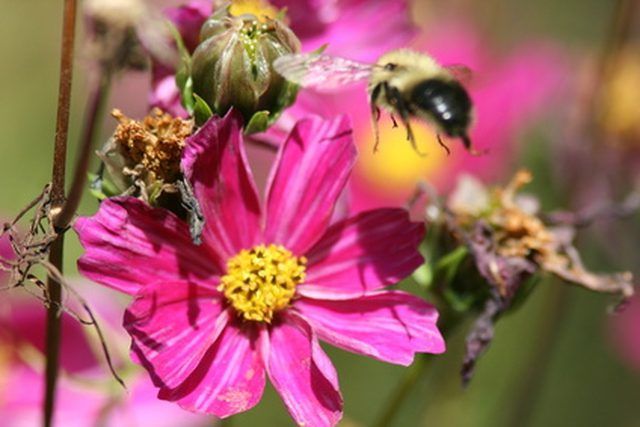Bulbs
Flower Basics
Flower Beds & Specialty Gardens
Flower Garden
Garden Furniture
Garden Gnomes
Garden Seeds
Garden Sheds
Garden Statues
Garden Tools & Supplies
Gardening Basics
Green & Organic
Groundcovers & Vines
Growing Annuals
Growing Basil
Growing Beans
Growing Berries
Growing Blueberries
Growing Cactus
Growing Corn
Growing Cotton
Growing Edibles
Growing Flowers
Growing Garlic
Growing Grapes
Growing Grass
Growing Herbs
Growing Jasmine
Growing Mint
Growing Mushrooms
Orchids
Growing Peanuts
Growing Perennials
Growing Plants
Growing Rosemary
Growing Roses
Growing Strawberries
Growing Sunflowers
Growing Thyme
Growing Tomatoes
Growing Tulips
Growing Vegetables
Herb Basics
Herb Garden
Indoor Growing
Landscaping Basics
Landscaping Patios
Landscaping Plants
Landscaping Shrubs
Landscaping Trees
Landscaping Walks & Pathways
Lawn Basics
Lawn Maintenance
Lawn Mowers
Lawn Ornaments
Lawn Planting
Lawn Tools
Outdoor Growing
Overall Landscape Planning
Pests, Weeds & Problems
Plant Basics
Rock Garden
Rose Garden
Shrubs
Soil
Specialty Gardens
Trees
Vegetable Garden
Yard Maintenance
Backyard Ecosystems
Backyard Ecosystems. A backyard ecosystem describes a specific geographical location, including not only the animals, plants, and insects in that region, but also the physical characteristics and climates of that specific region. Your specific ecosystem may vary greatly from someone living in the next county or state.

A backyard ecosystem describes a specific geographical location, including not only the animals, plants, and insects in that region, but also the physical characteristics and climates of that specific region. Your specific ecosystem may vary greatly from someone living in the next county or state.
Significance
Backyard ecosystems are important for the preservation of native plants, animals, and insects. Due to the increasing push of humans into the wild, species are looking elsewhere for food and shelter, upsetting regional ecosystems.
Function
Backyard ecosystems have functions aside from providing a vista. Plants, like the plantain, grow wild in the ecosystem and provide relief from insect bites. Animals likes snakes and spiders help control rodent populations, and insects help quicken decomposition of decaying matter.
Creating a Natural Backyard Ecosystem
Provide food for the species of animals living in your area, including seed for birds, native plants and shrubs for herbivores and insects, and nuts for smaller animals. Build a pond, fountain, or other water source for the inhabitants of your ecosystem. Butterflies prefer small flat puddles for drinking. Provide protection for the wildlife by planting native shrubs and gathering dead trees in areas. These safe zones may also provide a species the chance to reproduce. Avoid toxic chemicals like weed killers and pesticides, which harm many native plants and animals. Instead, compost vegetation and mulch for fertilization. Many plants offer special pest-deterring aromas that drive off mosquitoes or problematic deer that may eat vital vegetable gardens.